Video: Ashtanga and Non-Linear Systems
Small changes can lead to monumental impacts, much like the butterfly effect. Visit michaeljoelhall.com/coaching to book a session if you’d like to chat about your practice.
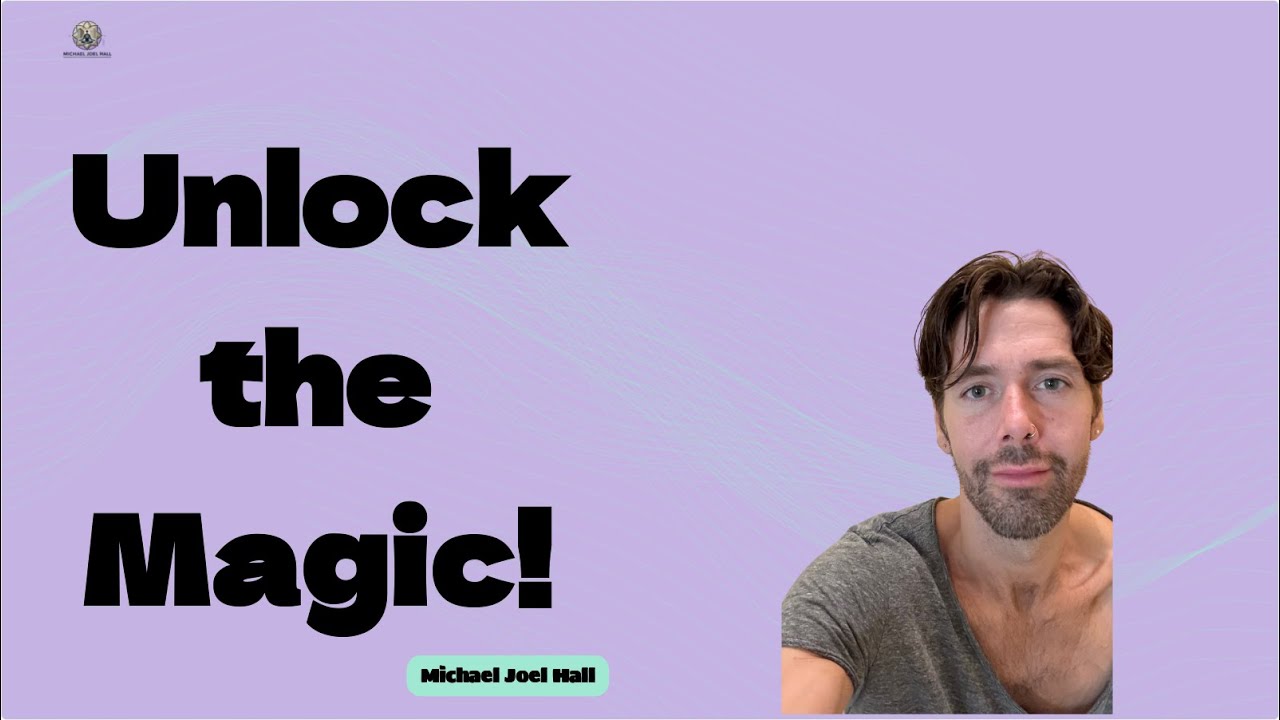
Small changes can lead to monumental impacts, much like the butterfly effect. Visit michaeljoelhall.com/coaching to book a session if you’d like to chat about your practice.
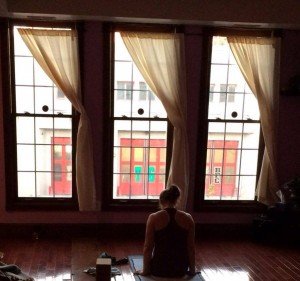
Looking to practice Ashtanga in the Washington, DC area? You’re in luck, as DC and Northern Virginia has a bounty of powerful, talented teachers… no wonder we have such an inspired (and inspiring!) community of practitioners. The following is a list of places that you can find mysore-style ashtanga vinyasa yoga: DC Ashtanga @ The Yoga Club3423 14th Street, NW WashingtonWho? Michael Joel Hall (me! kpjayi level 2 authorized) Why? A beautiful space, a lovely community. And –well– me. My approach is direct, collaborative, and encourages systems thinking and autonomy. Decidedly non-dogmatic, more interested in the pros and cons of approaches rather than the rights and wrongs. We do a good job. You’ll have to excuse me, as I’m biased, so we get to come first on…
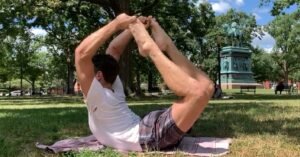
Ashtanga Yoga, while rigorous, is designed to be a lifelong practice. Scalability in this context refers to the ability to adjust the practice to suit different stages of life, physical conditions, and personal commitments. This adaptability ensures that Ashtanga remains beneficial and sustainable for practitioners, regardless of changes in their circumstances.

Why do conversations about fitness get so weird when Ashtanga gets involved? Understanding how our bodies adapt to specific physical demands can significantly enhance our practice.

The art of Vinyasa—the beautiful dance of breath and movement—can elevate your practice from mere physicality to a profound meditation in motion. Uncover the essence of the Counted Method, where each inhale and exhale is harmoniously synchronized with every pose, guiding you toward mindfulness and self-awareness. Whether you’re a curious newcomer or seeking to deepen your understanding, this guide offers insights and practical tips to help you connect with the rhythm of your practice and embrace the soul of Ashtanga yoga.
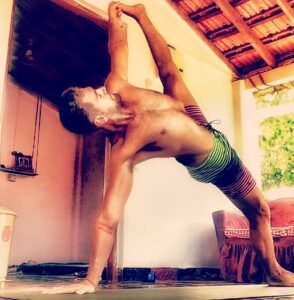
Discover the parallels between a novice photographer’s journey and an Ashtanga Yoga beginner. Learn the lessons of overconfidence, adaptation, and continuous learning. 📸🧘♂️
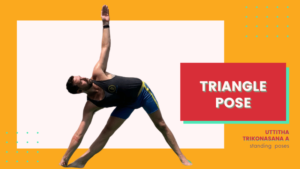
Uttitha Trikonasana A & B in Ashtanga Yoga where the art of counting becomes a meditative practice. Explore how the rhythm of breath aligns with each movement, fostering not only physical strength but also mental clarity.